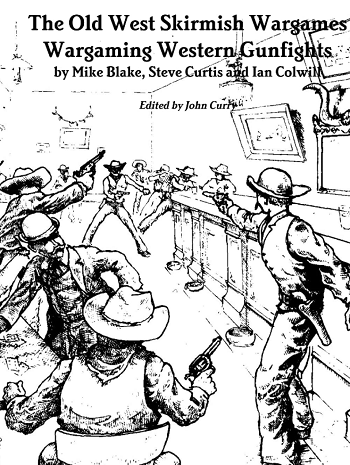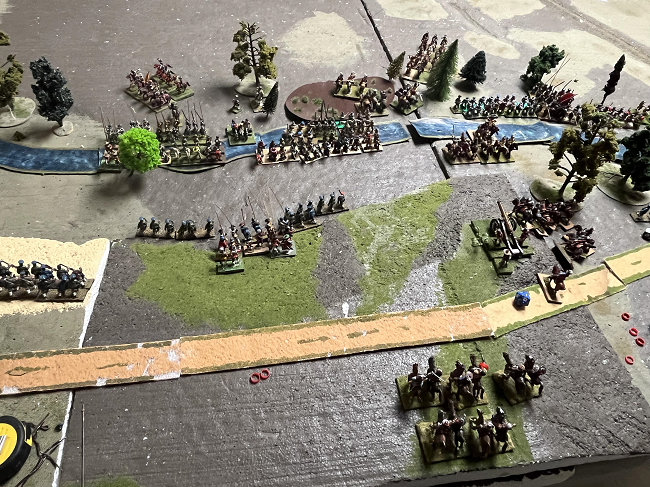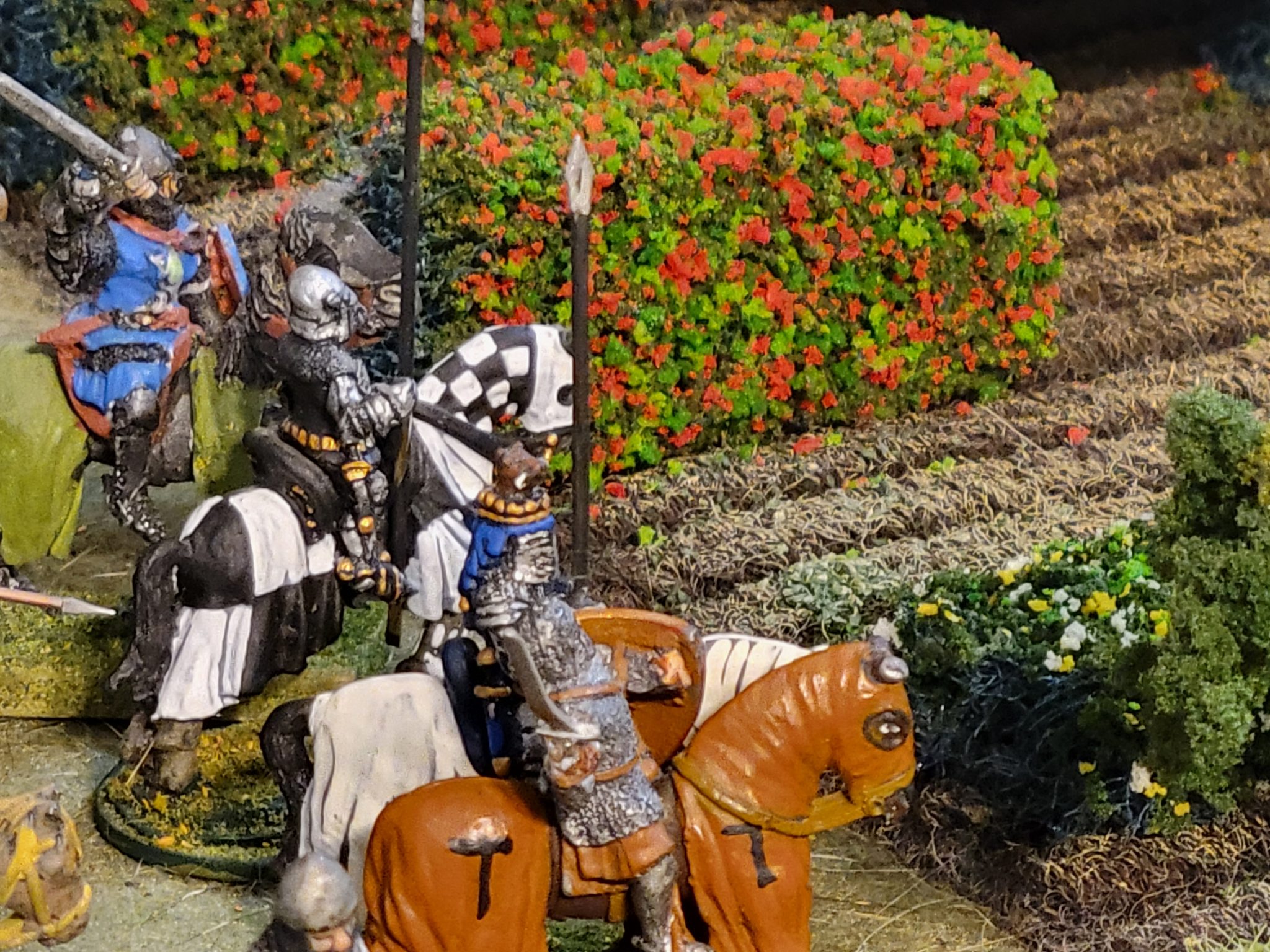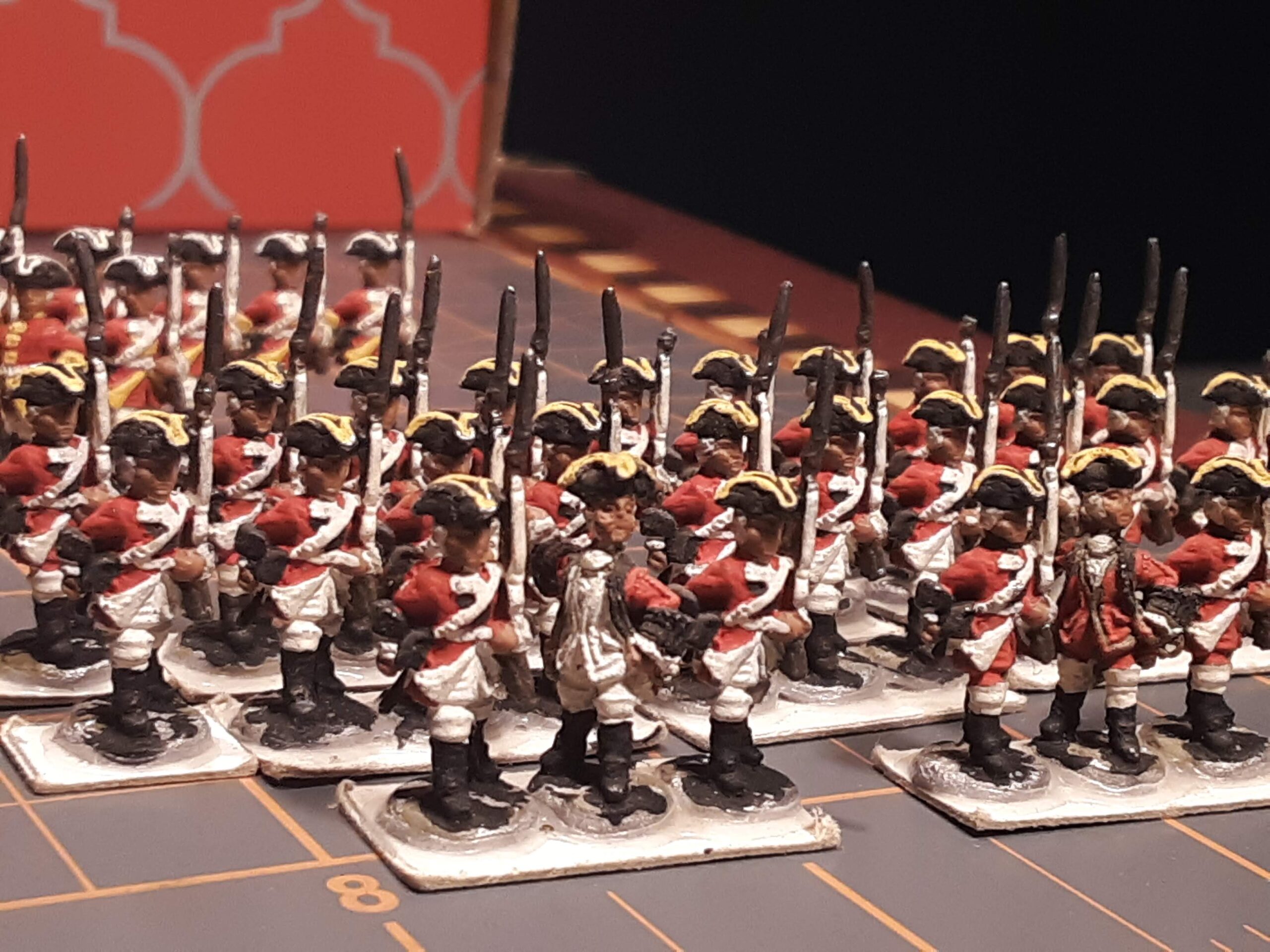Tactical wargaming focuses on the immediate combat actions and smaller-scale engagements within a larger conflict. It emphasizes the tactics, maneuvers, and decision-making of individual units and commanders on the battlefield. Here are some key aspects of tactical wargaming:
Unit-Level Focus: Tactical wargaming typically zooms in on the actions of individual units, such as squads, platoons, tanks, or other small groups. Players command and control these units, making tactical decisions related to movement, positioning, fire support, and engagement.
Combat Mechanics: Tactical wargaming often includes detailed rules for movement, line of sight, weapon ranges, and combat resolution. These rules simulate the effects of terrain, cover, and weapon capabilities, allowing players to plan and execute tactical maneuvers.
Realistic Simulation: Tactical wargames aim to provide a realistic simulation of combat situations. They may take into account factors such as morale, fatigue, ammunition supply, and situational awareness. By modeling these elements, tactical wargames seek to create a challenging and authentic combat experience.
Scenario-Based Game play: Tactical wargames often provide scenario-based game play, where players face specific objectives, terrain configurations, and enemy forces. These scenarios can be historical recreations of actual battles or fictional engagements. They offer tactical challenges and allow players to explore different strategies and approaches.
Command and Control: Tactical wargaming incorporates command and control elements, simulating the challenges faced by commanders in coordinating their forces. Players must make decisions regarding unit formations, target prioritization, communication, and synchronization of actions.
Multiplayer and Solo Options: Tactical wargaming can be played both in multiplayer mode, where players compete against each other or form teams, and in solo mode against an AI opponent. Multiplayer games allow for strategic interactions between players, while solo play provides the opportunity to test tactical skills and decision-making without opponents.
Map and Terrain Considerations: Tactical wargaming often includes detailed maps and terrain elements that impact game play. Players must consider the advantages and disadvantages of different terrain features, such as hills, forests, buildings, or obstacles, in their tactical planning.
Replayability and Customization: Many tactical wargames offer a high degree of replayability and customization. Players can modify scenarios, create their own missions, or even design their own rule sets. This allows for continued engagement and experimentation with different tactics and strategies.
Tactical wargaming provides a focused and intense experience, allowing players to immerse themselves in the tactical decision-making and combat dynamics of warfare. It offers the opportunity to explore different scenarios, test tactical proficiency, and make strategic decisions within the context of smaller-scale engagements. Whether played on a tabletop with miniatures, through computer-based simulations, or using board game mechanics, tactical wargaming provides a challenging and rewarding experience for enthusiasts of strategic and tactical combat.




